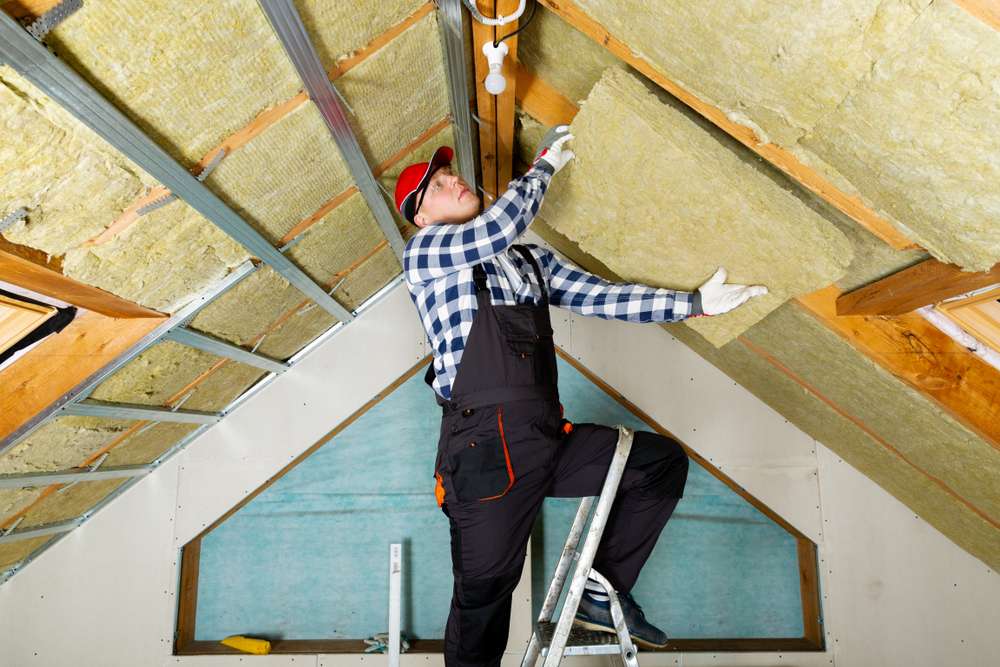Window replacement: practical guide for homeowners in the UK
Replacing windows can improve comfort, reduce energy bills, and refresh a property’s appearance. This guide explains when replacement is sensible, what types of windows and glazing are commonly used in the UK, how to assess energy performance and compliance, what to look for in local services and installers, and what to expect during installation and ongoing care. The aim is to give clear, practical information so homeowners can make informed decisions without unnecessary technical detail.

Why replace windows?
Windows wear out over time: frames can warp, seals fail, hardware becomes stiff and glass can become inefficient. Replacing windows addresses drafts, noise, condensation between panes, and security concerns. New glazing and modern frames often offer better thermal performance than older single-glazed or early double-glazed units, which can reduce heat loss and improve comfort. A like-for-like replacement can preserve a property’s character, while a more substantial upgrade may add longer-term energy efficiency and lower running costs.
What are common signs it’s time to replace?
Key signs include persistent draughts, visible rot or corrosion on frames, difficulty opening or locking, and condensation inside double-glazed units (a telltale sign of seal failure). Windows that rattle or allow water ingress after rain indicate compromised weatherproofing. Increased noise or noticeable heat loss in a room despite heating efforts may point to poor thermal performance. If repair costs approach the price of replacement, or heritage factors limit effective repairs, replacement may be the more economical long-term choice.
Types of replacement windows
Common frame materials are uPVC, timber, and aluminium. uPVC is low-maintenance and widely used; timber offers traditional appearance and, if well maintained, good longevity; aluminium provides slim profiles and durability for larger openings. Glazing options include double and triple glazing, with low-emissivity (low-E) coatings and gas fills (argon, krypton) to improve insulation. For period properties, slim-profile double glazing or bespoke timber units can be specified to match appearance while improving performance. Choosing materials involves balancing aesthetics, maintenance, durability, and cost.
Energy performance and regulations
In the UK, replacement windows should meet Building Regulations where work affects the energy efficiency or structure of a dwelling. Performance is often expressed by U-values (lower is better) and visible transmittance; reputable suppliers can provide U-values for their units. Consider acoustic performance ratings for noisy locations. Where windows form part of wider retrofit work, installers may advise on whole-house measures for better outcomes. Always ask potential installers about compliance with relevant Building Regulations and, where applicable, how replacements will be documented.
Choosing local services and installers
Look for local services with verifiable experience, clear written quotations, and proof of appropriate insurance. In the UK, industry schemes such as FENSA and TrustMark are commonly referenced as indicators that an installer follows recognised standards and offers a record of work; check details and ask to see certificates. Request references or examples of recent projects, and confirm who will handle Building Regulations notifications if required. Compare multiple written quotes that show materials, glazing specifications, lead times, and guarantees rather than relying on verbal estimates.
Installation process, timeline and aftercare
A typical replacement process starts with a site survey to confirm measurements and details, followed by a written quotation and agreed lead time. Manufacture lead times vary with specification and can be from a few weeks to several months; installers will confirm expected dates. Installation generally takes a day or two for a single window, longer for whole-house replacements. Good practice includes protecting internal finishes, safely removing old units, installing new frames and glazing, and finishing trims and seals. After installation, check seals, hardware operation, and any paperwork such as guarantees and compliance certificates. Regular simple maintenance—cleaning drainage channels, lubricating hinges, and inspecting seals—helps prolong performance.
Conclusion
Window replacement is a practical way to address comfort, security, and energy performance in a home. Decisions about timing, materials, and installers should be based on observable issues, clear evidence of performance, and documented specifications from trusted local services. Understanding the process, regulatory context, and typical aftercare needs will help homeowners choose suitable options that meet both functional and aesthetic requirements without relying on unsupported claims.



